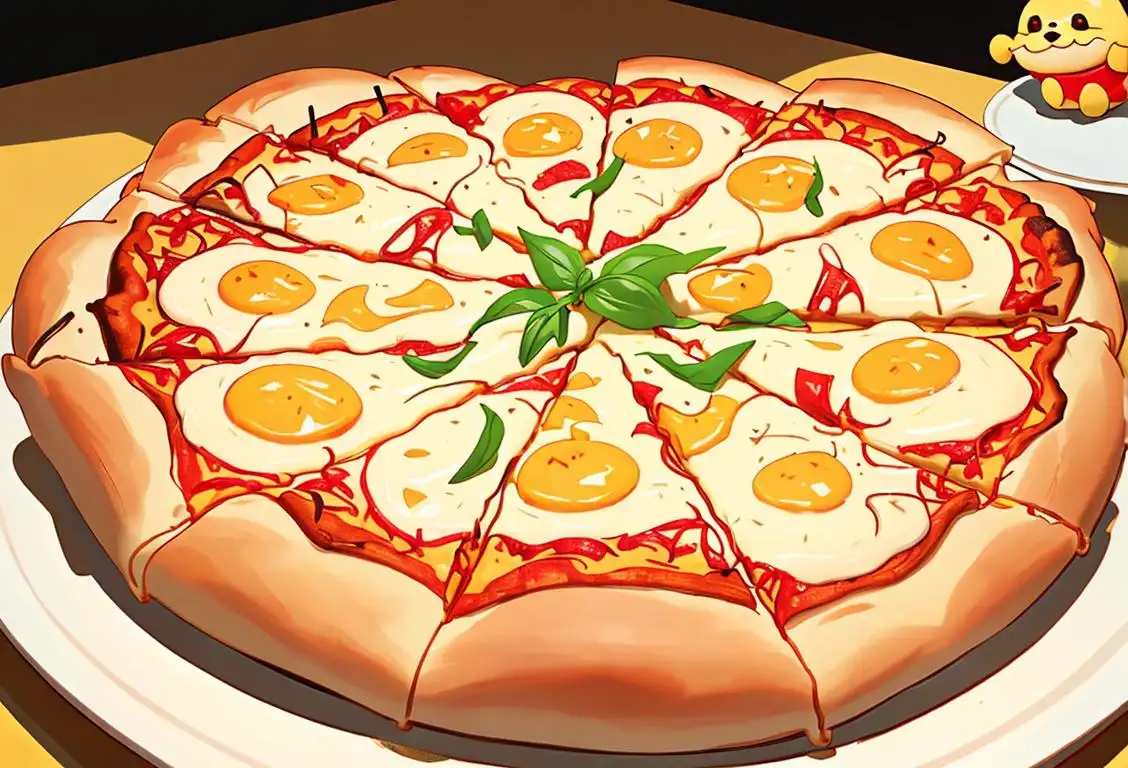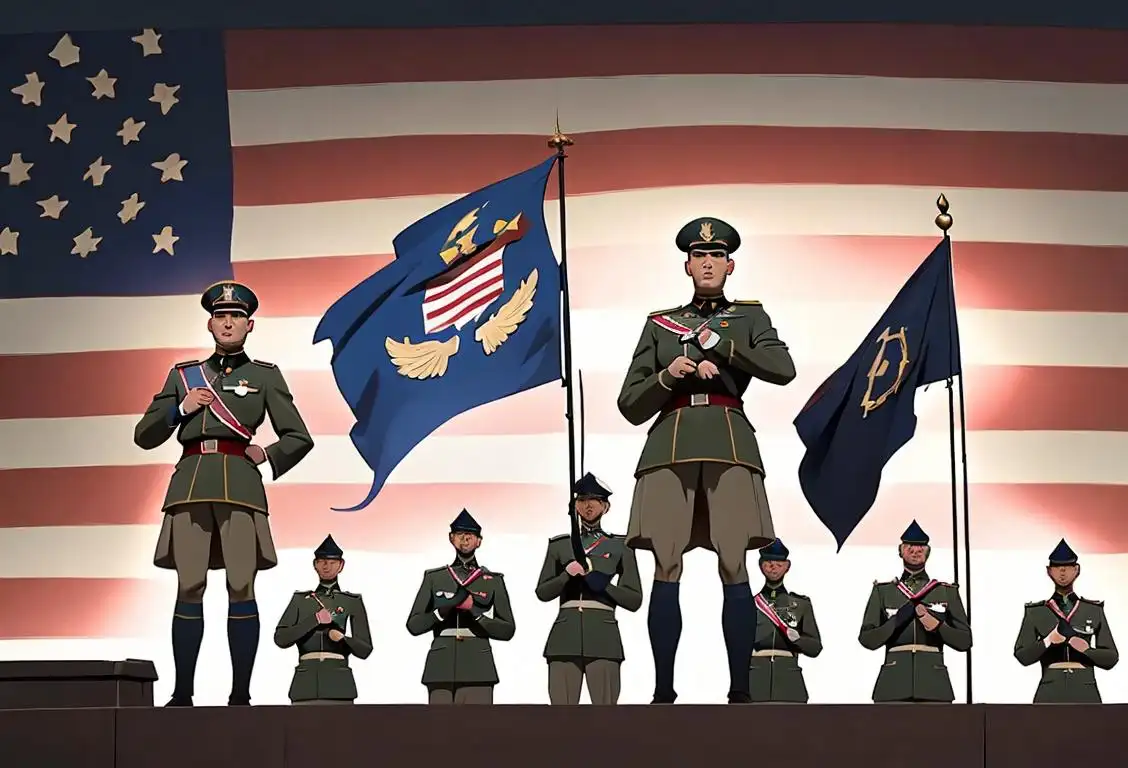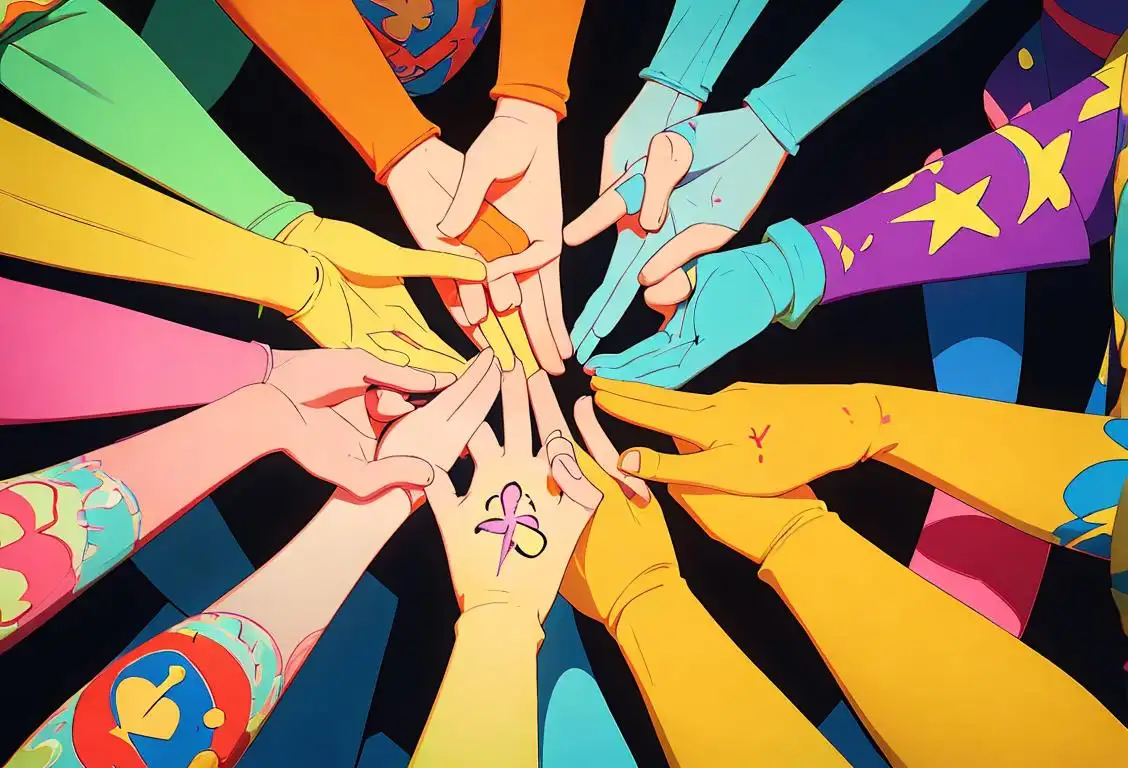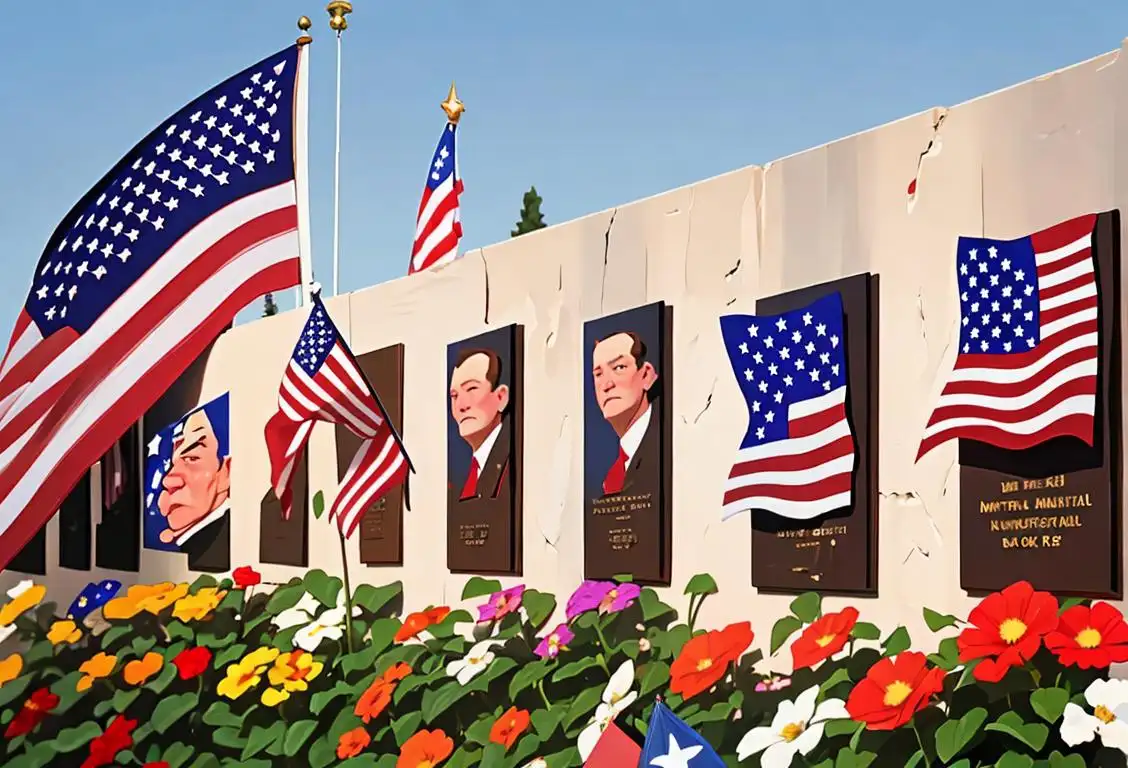National Checklist Day

Are you feeling forgetful? Do you constantly find yourself making mental lists and then completely forgetting them? Well, fear not, because National Checklist Day is here to save the day! On this special occasion, we honor the powerful tool that keeps our lives organized and ensures that we don't forget the most important things. So grab your checklist and let's dive into the wonderful world of National Checklist Day!
When is Checklist Day?
It's national checklist day on the 30th October.
A Brief History of National Checklist Day
Although the internet buzz about National Checklist Day started relatively recently, its origins can be traced back to the ancient times when humans began realizing the importance of lists. From the earliest civilizations, people utilized primitive forms of checklists to keep track of essential tasks like hunting, gathering, and not forgetting to feed their pet dinosaurs.
Fast forward to the digital age, and checklists have become an integral part of our lives. We use them for everything from grocery shopping to planning vacations to organizing our Netflix queues. National Checklist Day was established to celebrate these handy little companions that keep us on track.
How to Celebrate National Checklist Day
Now, you're probably wondering how you can fully embrace the checklist spirit on this special day. Fear not, we've got a handy checklist (of course) to guide you through the festivities:
- Create a checklist to organize your day. Write down all the tasks you need to accomplish and check them off as you go. It's like playing a game, but with the satisfaction of being productive!
- Share your love for checklists on social media. Use the hashtag #NationalChecklistDay and spread the word about the power of organization.
- Take some time to review old checklists and marvel at your accomplishments. Look back on all the tasks you've completed and give yourself a well-deserved pat on the back.
- Challenge yourself with a mega checklist. Take on a monumental task and create a checklist to guide you through it, whether it's organizing your entire home or writing that novel you've always dreamed of.
- Gift a checklist to a loved one. Show someone you care by providing them with the gift of organization. It's a present that keeps on giving!
Fun Fact about Checklists
Did you know that famous scientist and inventor Leonardo da Vinci was a notorious checklist enthusiast? He had a notebook filled with intricate to-do lists, with tasks ranging from dissecting cadavers to designing flying machines. If even Leonardo relied on checklists, then you know they're the real deal!
History behind the term 'Checklist'
1935
Introduction of the term checklist
The term 'checklist' was first introduced in 1935 by a Swiss pilot named Alfred F. Zechnowitz. As an experienced aviator, Zechnowitz developed a system to ensure that all necessary tasks and checks were completed before takeoff. He called this system a 'checklist,' which included a list of items to be checked and marked off.
1940
Adoption of checklists in aviation
During World War II, the use of checklists gained significant traction in aviation. The complexity of aircraft systems and the criticality of maintaining safety led to the widespread adoption of checklists by both military and civilian pilots. Checklists played a crucial role in reducing accidents and improving operational efficiency.
1968
Checklists in medicine
The concept of checklists expanded beyond aviation and entered the medical field in 1968. Dr. Lawrence Weed, an American physician, introduced a systematic approach called the Problem-Oriented Medical Record (POMR), which included checklists for diagnosing and treating patients. These checklists helped ensure that healthcare professionals followed standardized protocols and minimized errors.
1980
Checklists in software development
In the 1980s, checklists made their way into software development. The complexity of coding and the need for rigorous quality control prompted the use of checklists for software testing and debugging. Checklists became a valuable tool for developers to ensure the accuracy and reliability of their code during the development process.
2001
Checklist's impact on productivity
Atul Gawande, an American surgeon, published a book in 2001 called 'The Checklist Manifesto: How to Get Things Right.' This book highlighted the transformative power of checklists in various industries. Gawande emphasized that even experts can benefit from using checklists to improve productivity, reduce errors, and enhance teamwork.
Did you know?
Did you know that famous scientist and inventor Leonardo da Vinci was a notorious checklist enthusiast? He had a notebook filled with intricate to-do lists, with tasks ranging from dissecting cadavers to designing flying machines.Tagged
awareness fun loved onesFirst identified
30th October 2015Most mentioned on
30th October 2019Total mentions
405Other days
Compliment Day
Cheese Pizza Day
Pumpkin Day
Medal Of Honor Day
Guac Day
Foundation Day
Suicide Prevention Day
Memorial Day
Cancer Survivors Day
Bacon Day









